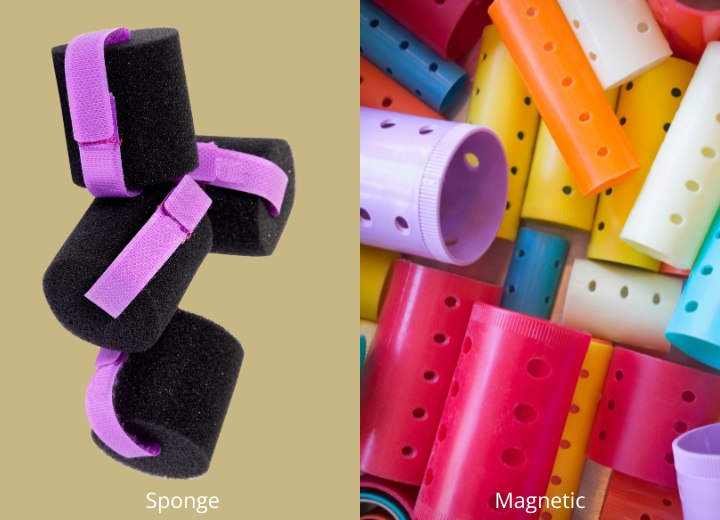At Home Perm with Sponge Rollers

A: That's actually a great question, and the short answer is maybe. But you'll definitely need to test them first. The main concern with using regular foam rollers for perming is that they might not hold up to the harsh chemicals in perm solutions, particularly the thioglycolic acid in the waving lotion.
After that first hour, take the sponge out and rinse it really well under running water. Then you'll want to repeat the process with the neutralizer solution, saturating the sponge again and sealing it in a fresh plastic bag for thirty minutes. Again, watch for any signs of deterioration or chemical reactions.
Once you've completed both chemical exposures, rinse the sponge thoroughly one more time and then really put it through its paces. Squeeze it hard, stretch it, rub it firmly between your fingers, and see how it holds up. If the foam starts shredding, falling apart, or feels like it's lost its structural integrity, then you'll know these particular rollers aren't going to work for your perm.
This testing process is really important because you don't want to be halfway through your perm only to have your rollers start disintegrating in your hair. That could not only ruin your perm results but potentially damage your hair if pieces of foam get tangled up in it.

The beauty of experimenting with non-traditional perm tools is that you can achieve some really unique and customized results that you might not get with standard perm rods. Some people have had great success with things like drinking straws, fabric strips, or even pipe cleaners, depending on the look they're going for. The key is always testing first and making sure whatever you're using can withstand the chemical process without breaking down or causing any adverse reactions.
©Hairfinder.com
See also:
More about perms
What is the largest roller used for perms?
The scientific processes during perming and relaxing